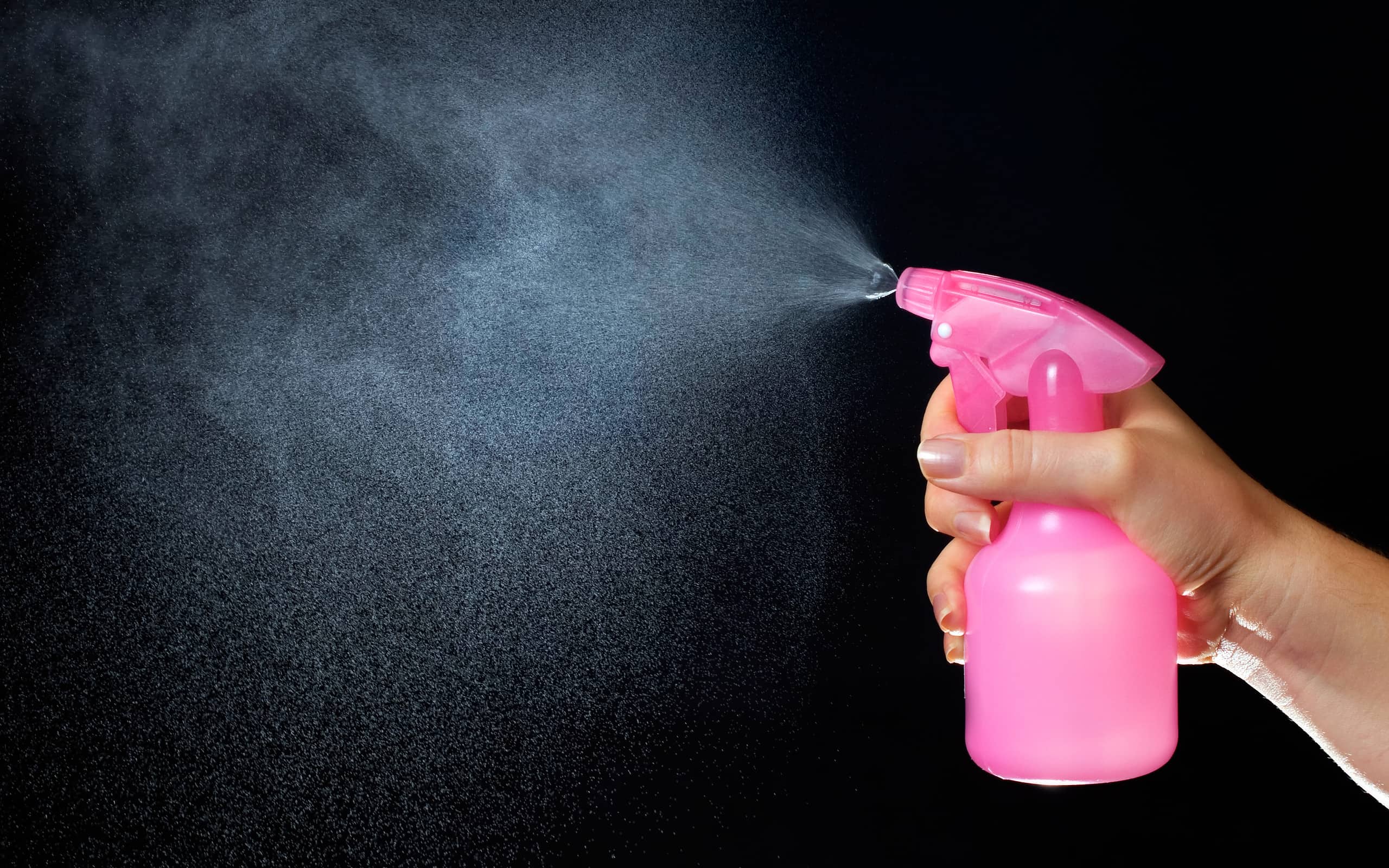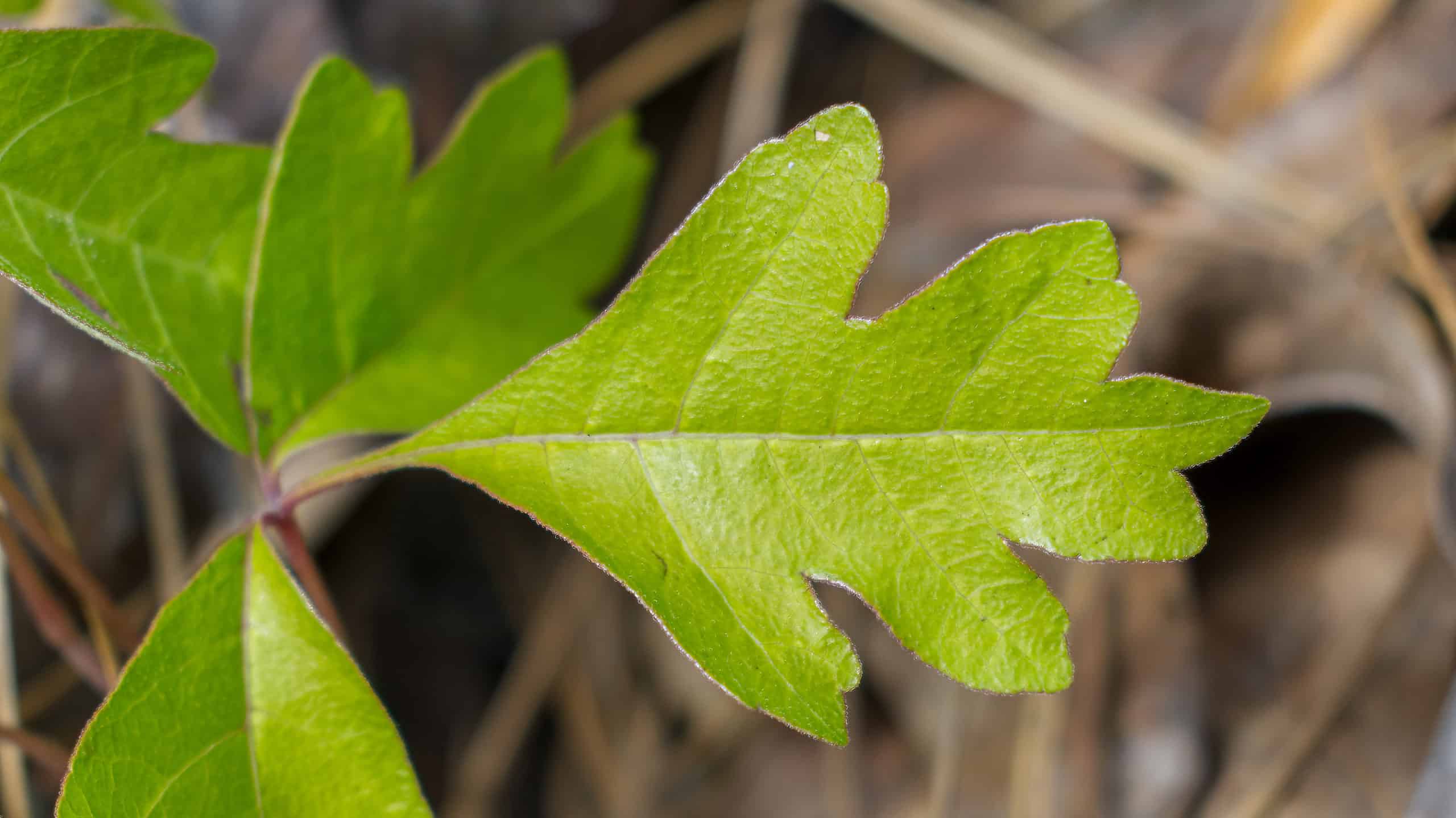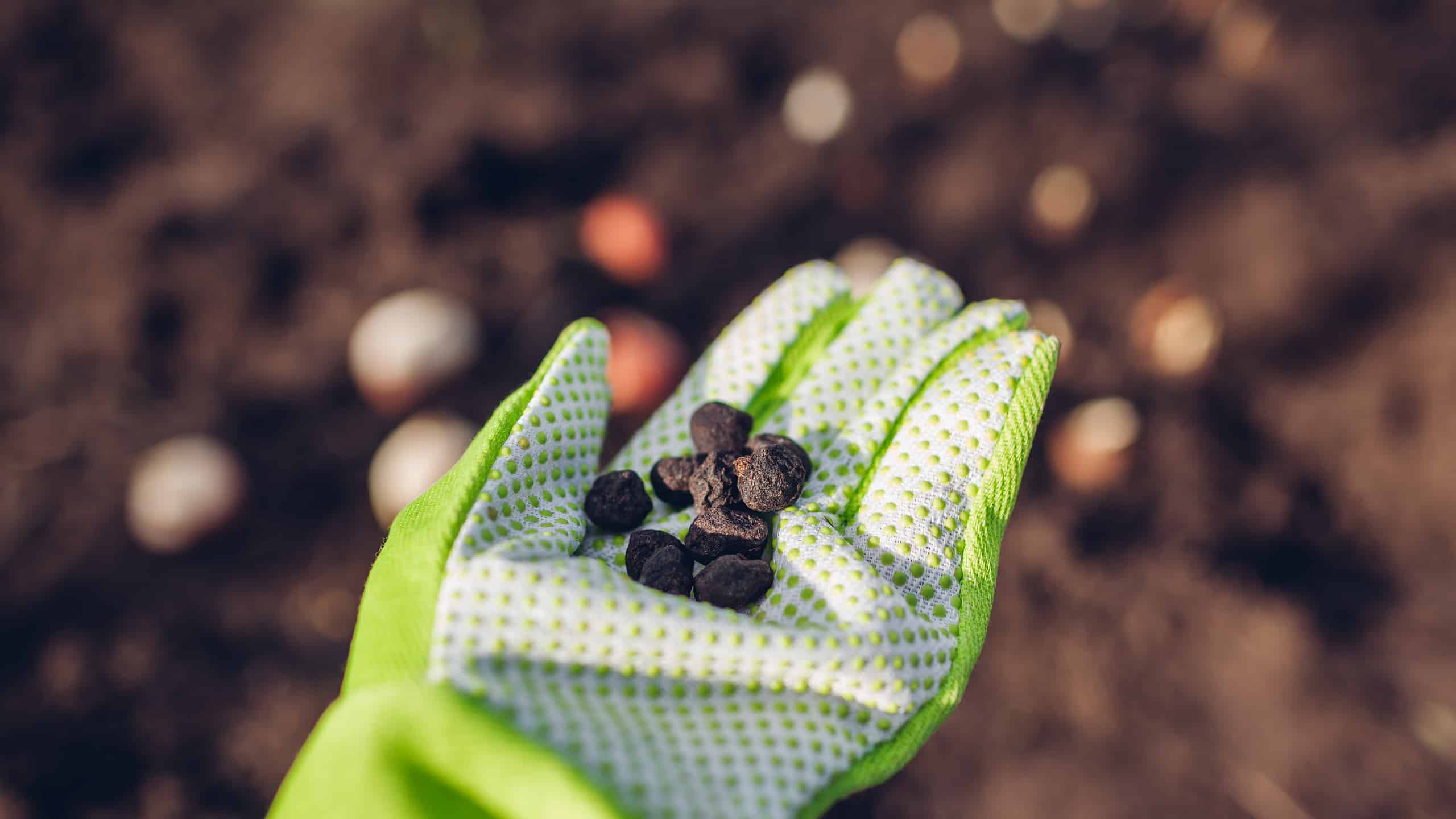Poison oak can be a pain to deal with, literally. It’s also not the easiest plant to remove since it can cause uncomfortable symptoms and reactions, especially if you’re allergic. There are a few ways though to completely get rid of poison oak from your yard. If you’ve noticed poison oak, it’s best to start by marking the area. You can do this with a bright piece of clothing or a cone. Don’t attempt to mow or cut it down as it can grow back if the root is still intact. So, what can be done? Follow along to discover 3 effective solutions to kill poison oak permanently.
Is It Possible To Get Rid of Poison Oak Forever?
Poison oak, not to get confused with poison ivy, is almost impossible to prevent from growing. While you can get rid of it, there is no telling when a new plant will sprout. Poison ivy is generally spread by birds and grows throughout the United States in various conditions.
Glyphosate

Spraying products with glyphosate can get rid of poison oak.
©Sini?a Bota?/iStock via Getty Images
One of the few ways to effectively remove poison oak, or poison ivy, is by treating or spraying it with glyphosate. You can find products with glyphosate in many gardening centers and nurseries. It’s a strong herbicide that works by blocking an enzyme essential for plant growth. It literally stops poison oak in its tracks.
Although glyphosate can get rid of annoying weeds like poison oak, it can also pose health risks. When using products with this chemical, always check the instructions and warnings before using it. Avoid touching your eyes or spraying near other people as glyphosate may cause eye or skin irritation. According to WebMD, inhaling or ingesting glyphosate over time may be linked to cancer and liver and kidney damage. This is a controversial topic though as some studies point to yes, while others don’t see a connection.
Triclopyr

Triclopyr can be used to kill poison oak and other plants.
©iStock.com/Dan Rieck
Another common herbicide to use to get rid of poison oak permanently is triclopyr. Triclopyr is a systemic herbicide used in many industries. It’s used in railways, home lawns, turfs, and industrial areas. This compound works by mimicking auxin, an important plant growth hormone. It’s a slow-working compound that causes broadleaf plants like nettles and brambles to grow uncontrolled and die. Grasses are sometimes also affected.
Like when using glyphosate it’s important to read the instructions first before using the product. There are some risks associated with triclopyr. Triclopyr is considered low to slightly toxic, although it may be more toxic to birds. However, this chemical can still cause skin and eye irritation.
Pulling the Plant

When removing poisonous plants always use gloves.
©iStock.com/Maryviolet
Not everyone is comfortable using chemicals in their yard or garden. If this is the case, a great way to effectively remove poison oak is to use the old-school method, pulling with garden tools or your hands. Since poison oak though does cause skin irritations and rashes, it’s important to dress appropriately. It’s recommended to wear long-sleeved shirts, long pants, and garden gloves.
Although tempting, you should never try to yank or cut poison oak carelessly. Instead, try your best to pull up the roots, this way the plant doesn’t come back. Also, keep your hands away from your face when handling poison oak. If you can, try to pull the plant with its roots intact when the soil is wet or moist. This makes it easier to grasp.
The photo featured at the top of this post is © ShutterstockProfessional/Shutterstock.com
Thank you for reading! Have some feedback for us? Contact the AZ Animals editorial team.







